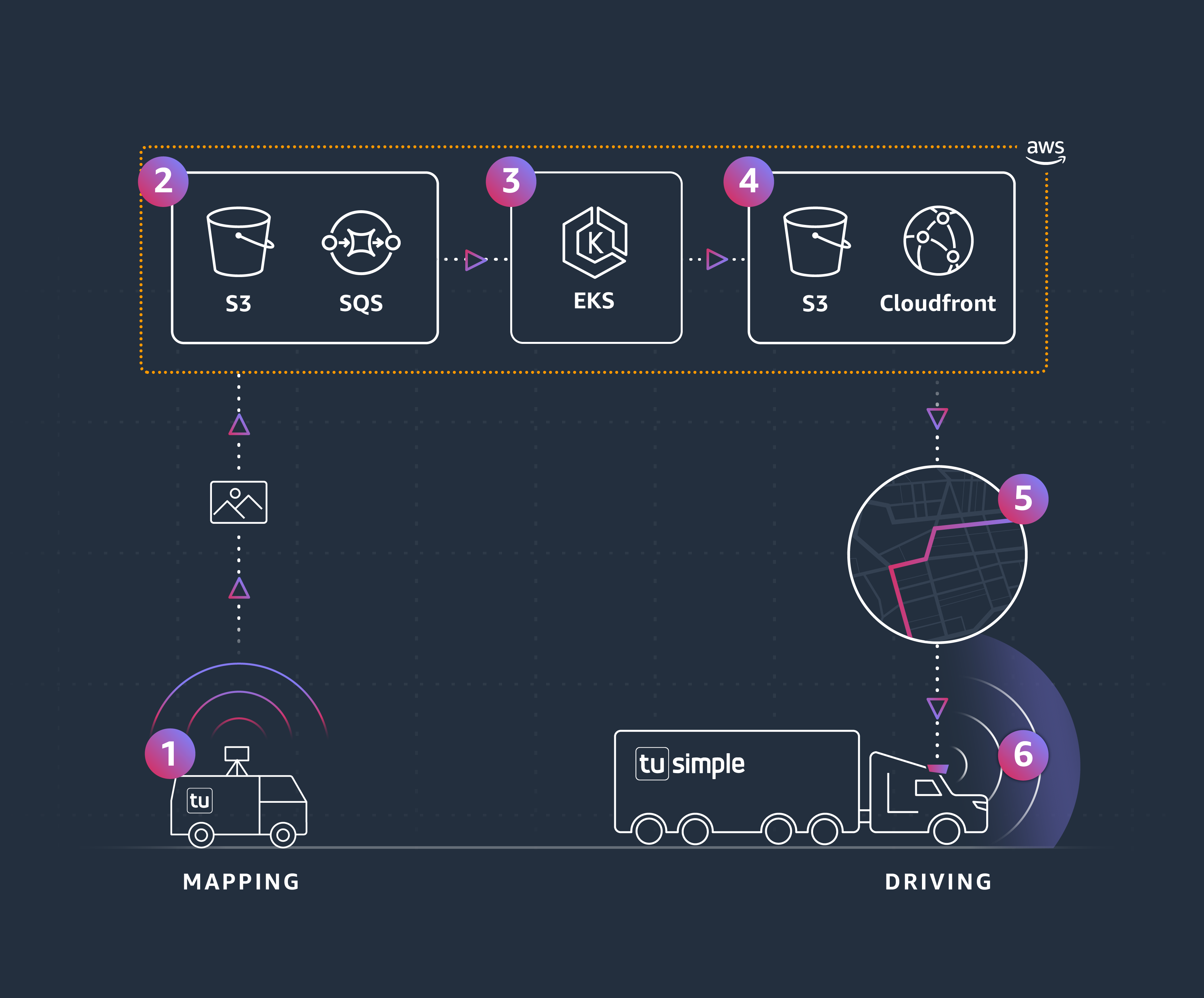Can autonomous trucks transform the global supply chain?

The open road has long been part of the American ethos. Asphalt arteries connecting cities, towns, and endless horizons from prairie to coast. They symbolize freedom of movement, adventure, and opportunity. And no profession embodies this ideal more than the long-haul trucker. A modern-day cowboy, crisscrossing the country (and often borders), making sure shelves are stocked, medicine is available, and that your online orders arrive on time. In 2021, trucks moved more than 70% of freight tonnage in the US. It’s the work that literally drives the economy. However, as demand to move goods steadily increases, and the industry adjusts to new regulations and an impending driver shortage, companies are looking to use digital freight networks and autonomous trucks to expand capacity, increase resilience, and free up experienced drivers for highly-skilled tasks like pickup (first mile) and delivery (last mile).
For the season finale of Now Go Build, I traveled to Arizona, to see first-hand how this technology is transforming the global supply chain.
A lot goes into getting goods from point A to point B autonomously — as they call it in the industry, a mission.

It starts with a stock truck, retrofitted with a suite of cameras and sensors that enable 360-degree vision up to 1,000 meters. Add onboard computers with data racks for storage and analysis, dedicated power, and thousands of feet of cable. Together, this system can process ~600 trillion operations per second and run real-time inference on what it sees, allowing a truck to identify and avoid obstacles, safely exit a highway, and find optimal lane position to prevent accidents, such as sideswipes (which are more common than you think).
The long distances between pickup and delivery, the middle miles, represent one of the biggest opportunities for autonomous trucking, and mapping plays a very important role. It’s more than simple point-to-point navigation and routing. These are high-definition, three-dimensional maps, encoded with extensive knowledge of the road environment that are continuously updated over time. They include information, such as speed limits, accidents and road hazards, construction zones, pedestrian crossings, traffic signals, even road surface composition, gradient, and curvature.
To create these maps, sensor-equipped vehicles drive the routes well before any trucks, collecting imagery, GPS, LiDAR, and inertial motion measurements. They are so detailed that they mark every white stripe on the road. From here, data is offloaded to Amazon S3, and an event driven architecture kicks off the process to create an HD map, which is then stored back in S3, and cached in a CDN where it’s available for download. When a truck drives the route, it compares that map to what it sees in real-time, and when it detects a difference, using onboard LTE, it communicates the change to other autonomous trucks on the route — similar to how drivers have used CB radios for decades.

Since the onboard systems don’t need to use valuable compute resources to decompose and interpret these data points, the focus can shift to more dynamic aspects of driving, like reacting to a vehicle entering its lane.
This is due, in large part, to deep-learning and simulation, which allows for constant “what if experimentation”. While they’ve driven more than 10 million miles on the road, they’ve been able to simulate an order of magnitude more, in a fraction of the time, using cloud technologies from AWS. The result is level four autonomy (a Tesla Model 3 is level two).
If the goal is to provide people with the goods they need in a timely and efficient manner, autonomous trucking really can help. There are no mandated breaks, and the technology never gets tired or distracted. It’s infinitely patient. This means that things get where they’re going faster and safer.
What this doesn’t mean is that we’ll need less drivers. On the contrary, it means that we’re going to need more drivers, and more CDL certified technicians than we ever have to run inspections, and do the hard work of first and last mile delivery.
Lee White said it best in this episode, “Autonomous trucking is going to be the most transformative event that’s hit the supply chain in decades.”
Now, go build!